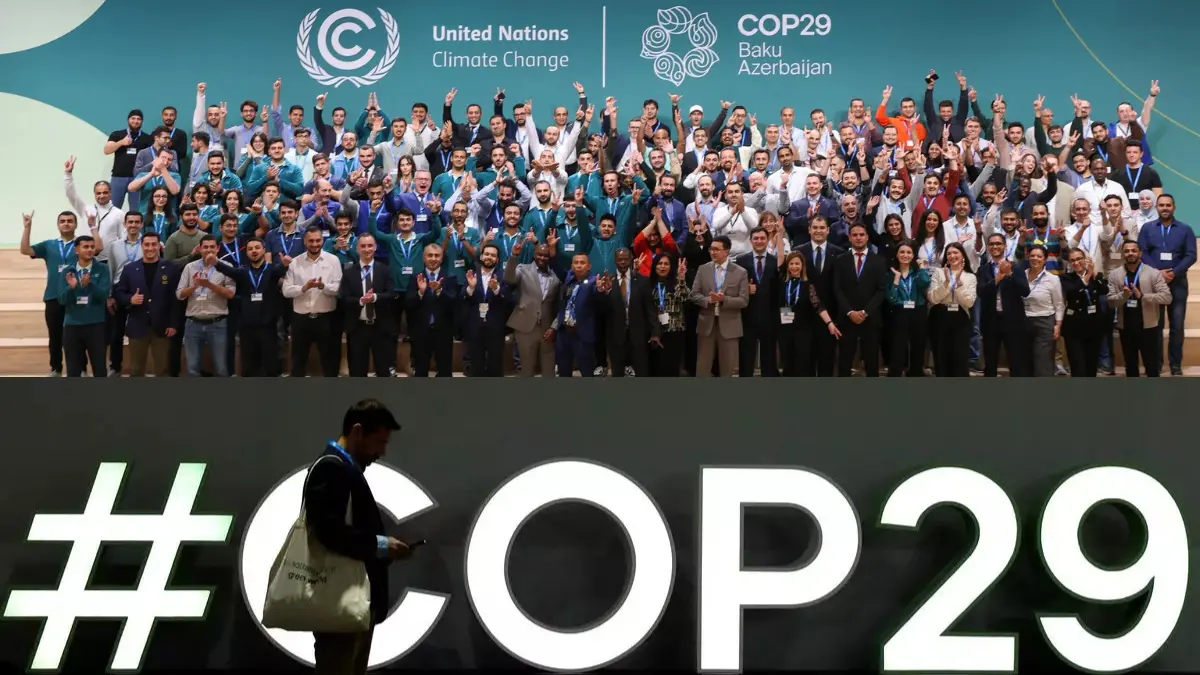
Cities around the world are adopting new climate initiatives to tackle rising temperatures and boost environmental resilience. These efforts are part of a growing trend toward sustainability, aimed at keeping urban areas cooler and better prepared for climate challenges. But what do these initiatives look like, and how could they affect the daily lives of people? Let’s dive into what’s happening.
What Are Cities Doing to Address Urban Heat?
Many cities are focusing on ways to reduce the “urban heat island” effect. This is a phenomenon where cities become hotter than surrounding areas due to large amounts of concrete, asphalt, and limited green spaces. To solve this problem, local governments are introducing solutions like planting more trees, building green roofs, and creating shaded public spaces.
For example, New York City has been increasing tree coverage and installing rooftop gardens to absorb heat. Paris is adding more parks and launching “cool islands”—shady spots where people can escape extreme heat. These changes are not just about comfort; they help cities become more resilient to rising temperatures and reduce the risk of heat-related illnesses.
Why Is It Important Now?
Climate change is making heat waves more frequent and intense, especially in urban areas. In 2024, many cities experienced record-breaking temperatures, putting extra pressure on healthcare systems and affecting people’s day-to-day lives. Vulnerable groups, like children and the elderly, are the most at risk during these hot spells.
These initiatives come as a response to these challenges. By focusing on cooling measures and environmental improvements, cities aim to protect public health and create safer spaces for everyone.
New Approaches to Sustainability
Beyond fighting heat, cities are also embracing other eco-friendly strategies to improve sustainability. They are investing in bike lanes, electric buses, and solar energy to reduce their carbon footprint. Cities like Copenhagen and Singapore have become leaders in urban sustainability by making clean energy a key part of their development plans.
Some cities are also encouraging people to get involved. Community programs promote tree planting and gardening, which not only cools neighborhoods but also fosters a sense of belonging among residents.
How Will This Impact Daily Life?
These changes can directly improve people’s quality of life. More trees and parks mean cooler streets and cleaner air. Green roofs and shaded areas make cities more comfortable to live in, even during summer heatwaves. Improved public transportation options, like electric buses and bike-sharing programs, make it easier to get around in an eco-friendly way.
People are starting to notice the benefits. In areas with more greenery, energy bills have decreased because buildings stay cooler, reducing the need for air conditioning. Public spaces are becoming more enjoyable for families and communities to gather, bringing neighborhoods closer together.
What’s Next?
As climate change continues to impact cities, these initiatives are likely to grow. Governments, businesses, and communities will need to work together to expand green spaces, adopt clean technologies, and find new ways to stay cool. With these efforts in place, cities can become more livable and better prepared for future climate challenges.
The shift toward sustainability is not just about preventing heatwaves—it’s about building cities where people can thrive, no matter what the weather brings. As more cities join this movement, we can see a future where urban areas become healthier, greener, and more resilient than ever before.









